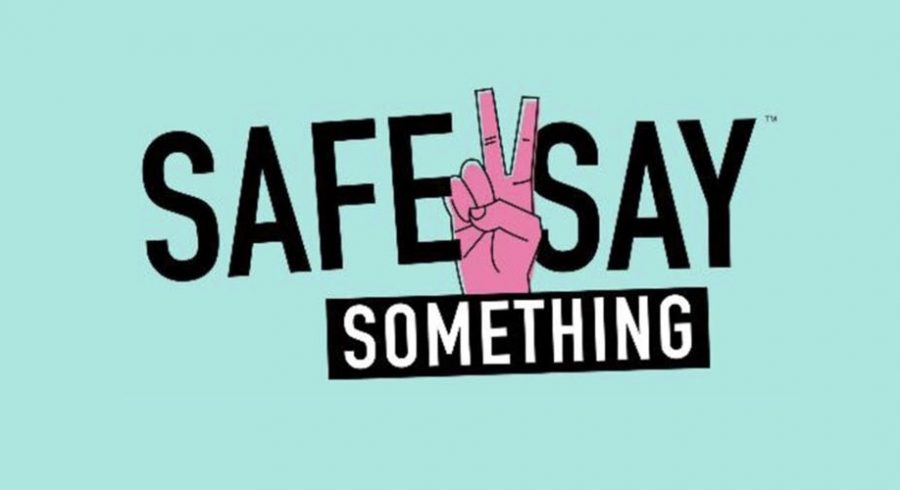Not Safe2Say?
Should we really trust the website the school tells us to?
Last school year, the Pennsylvania Attorney General’s Office released Safe2Say Something to schools all across the state, making it law that all schools across PA follow it under Act 44. Its influence has been significant in both positive and negative ways.
The way the 24/7 program works is either through calling, texting, or emailing the organization. You anonymously give information about the situation to the best of your ability and someone might respond to it by asking about specifics. The information is collected and assessed by the Crisis Center in Harrisburg then sent back to the selective school. The school then deals with it in whatever way deemed fit, whether it is through police involvement or sitting down to chat with people.
There are very varied opinions of the new program throughout the school, from staff to students, about this way of reporting issues.
One of the controversial subjects is about how successful it truly is. One of our school counselors, Ms. Feliciani, says “If you look at success in terms of numbers, I think it has been very successful with the number of calls received throughout the state… we have had students brought to our attention that we may not have before.”
Sophomore Sarah Machine says in reference to a relative, “It’s causing more problems. It is exposing her and is making her feel uncomfortable… it embarrasses the family, it gets talked about, and it gets gossiped about, which only makes the cycle worse.”
Some question the anonymity as the system in itself is based on letting students speak-up from behind a screen. It helps shy students have some kind of way to say what needs to be said. However, the schools can trace it back to who contacted them, and NAI seems to like to ask for detail in person rather than virtually.
Freshman Blaise Husek says, “I know some people who have used it in past and when they’re called down to the office they realize that what they said wasn’t truly anonymous.” This is because the system isn’t extensively anonymous.
However, the most concerning thing about Safe2Say is the student stigma around it. There are grumbles even at the mention of it. It’s commonly heard that the people who use it are “snitching” since the ones who get reported are often upset about being called out. There are rumors about how students report others for things as serious as drug use purely because the students do not like one another.
Other kids just laugh at it. By the end of the first day, there were already jokes being coined about this way to seek help. Mrs. Feliciani has even heard some things and admits, “I’ve heard some kids make fun of it. I’ve heard it’s like tattling on your friends kind of thing. I’ve heard a lot of other kids think kids use it for revenge kind of thing,” she then adds, “but don’t see a lot of that around.”
Safe2SaySomething has progressed into a school mandatory business and continues to have room to improve. It’s faded away from popularity but still is a facet for students to report incidents that concerns them.
As Blaise Husek advises, “I think that people should use Safe2Say if they honestly don’t feel safe, but if it’s a small issue… your counselor is there to help.”

Grade: 10th
Zena Lang is a student at North Allegheny Intermediate Highschool. Last year, she was disappointed she could not take the course for her...







